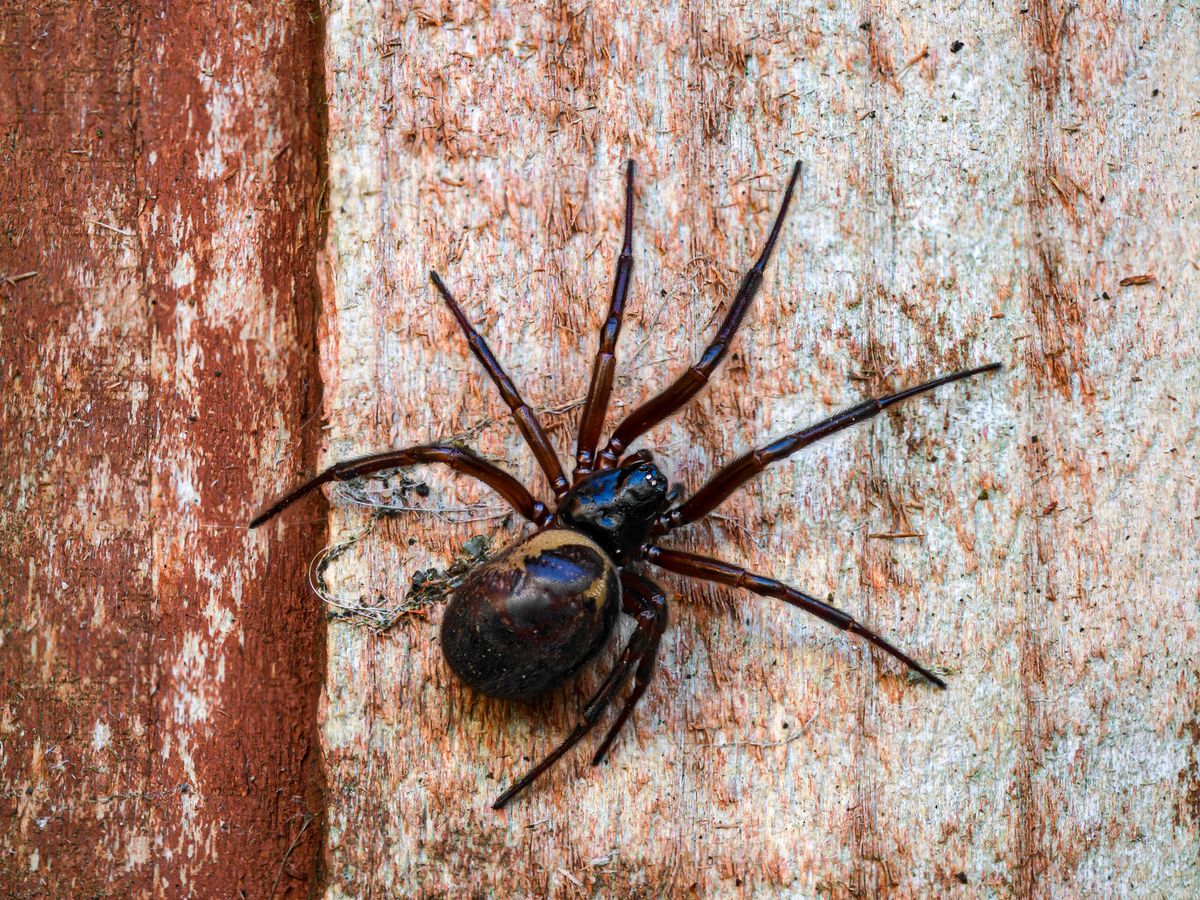
Introduction
While the UK may not be renowned for its plethora of dangerous wildlife, it does play host to several species of venomous spiders. Understanding these spiders is essential for public safety, especially as awareness about their potentially harmful bites increases. In recent years, sightings of venomous spiders like the false widow have become more frequent, prompting discussions about their prevalence and risk in Britain. This article aims to provide a comprehensive overview of venomous spiders in the UK, including the species to look out for and safety precautions to take.
Main Body
Common Venomous Spider Species
The most notable venomous spider in the UK is the noble false widow (Steatoda nobilis), which is often mistaken for the infamous black widow. Native to the Canary Islands, this spider has been making its way into the UK since the 19th century and is now widely found across England and Wales. Its bite, while not typically life-threatening, can cause discomfort and symptoms akin to a wasp sting.
Another species of concern is the woodlouse spider (Dysdera crocata), typically found in gardens and homes. This spider has a potent bite that it uses to immobilise its prey, primarily woodlice. For most humans, the bite may lead to redness and swelling but is rarely severe.
Although less commonly discussed, the European garden spider (Araneus diadematus) also possesses venom, but it is not harmful to humans. These spiders play a crucial role in controlling pest populations in gardens.
Recent Sightings and Public Perception
Recent years have seen an increase in the public’s awareness and concern over venomous spiders in the UK, particularly the noble false widow. Reports from the public suggest that more people are spotting these spiders in their homes and gardens, driving the demand for information on how to identify them and what to do if bitten. Scientists encourage education on distinguishing between harmless and harmful spiders, as misconceptions can lead to undue panic.
Precautionary Measures
To minimise the risk of spider bites, it is advisable to regularly check homes and outdoor areas for spider webs and nests, especially in dark or secluded places. Wearing gloves while gardening and being cautious when lifting stones or logs can also help prevent unintentional encounters. If bitten by a spider, it’s recommended to clean the area with soap and water, apply a cold compress, and seek medical attention if symptoms worsen.
Conclusion
Although venomous spiders do exist in the UK, serious bites are rare and typically not life-threatening. Increasing public knowledge about these species can help alleviate fears while promoting respect for the role spiders play in the ecosystem. As climate change continues to influence wildlife behaviour, it is wise to remain informed and cautious, ensuring safety whilst also appreciating the natural world around us.
You may also like

Understanding Mosquera Wolves and Their Conservation Needs

The Unique Biodiversity and Culture of Madagascar
